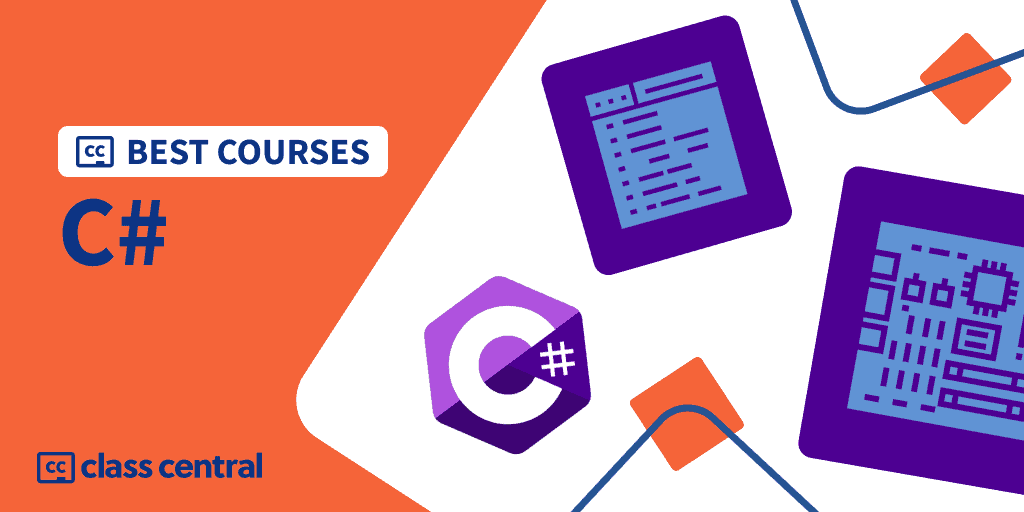C# (pronounced “C-sharp”) is a powerful, general-purpose programming language that is employed for many various kinds of software development. It is one of the most used languages for developing Windows applications and web applications. Learning C# can open up lots of doors, especially if you are looking to become software developer or programmer. Here's what you need to learn to get going with learn c# full course.

Step 1: Install Visual Studio
The first faltering step in learning C# is installing Visual Studio, that is Microsoft's Integrated Development Environment (IDE). This system allows developers to write, debug, and compile their code easily. Visual Studio may also give you usage of the .NET Framework, which gives libraries and tools which can be required for developing C# applications. There are two versions of Visual Studio available: the entire version, which includes most of the features; and town version, which can be free but has fewer features compared to the full version. Whichever version you decide on, be sure that it includes support for C# development.
Step 2: Learn Basic Syntax
When you have installed Visual Studio, you are able to begin learning basic syntax. This includes fundamental concepts such as for instance variables, data types, classes/objects, control flow statements (if/else), loops (while/for), methods/functions etc. To understand these concepts effectively and efficiently try doing some practice exercises on platforms like CodinGame or Hackerrank. These platforms provide interactive challenges that permit you to apply your knowledge in a practical way and get feedback from other coders as well as yourself.
Step 3: Understand Object Oriented Programming
Object-Oriented Programming (OOP) is a significant concept as it pertains to programming with C# as it enables developers to produce complex programs using objects rather than writing out each line of code manually. OOP involves creating classes and objects which contain properties and methods that allow them to interact together in order to complete tasks. To become confident with OOP it will help to do some research online or even take an on line course on the subject matter before diving into coding projects using OOP principles with C#.
Step 4: Work on Projects Once you've mastered the basic principles of C# and understand OOP principles then it's time and energy to start working on projects! Taking care of projects may help solidify your skills through practical application along with give prospective employers something tangible once they look at your resume or portfolio site. Try beginning by working on small projects like a calculator or text-based game before attempting more technical ones such as building a web application or mobile app from scratch!

Conclusion:
Learning just how to code in C# is a remarkably rewarding process but can be daunting in the beginning if you don't know where to start! Thankfully with this guide in hand develop that individuals have provided enough guidance to ensure that anyone enthusiastic about coding with c# can begin their journey towards becoming an expert coder! So move out there and start coding - best of luck!